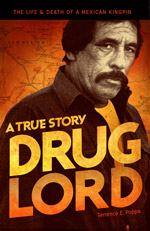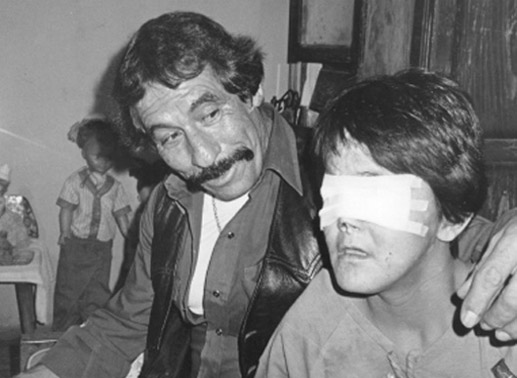(HISTORY CHANNEL) — By Christopher Klein
The border between the United States and Mexico stretches for nearly 2,000 miles from the Gulf of Mexico to the Pacific Ocean and touches the states of California, Arizona, New Mexico and Texas. The Rio Grande runs along 1,254 miles of the border, but west of El Paso, Texas, the boundary lacks a natural geographic barrier except for a small stretch along the Colorado River.
Approximately 700 miles of barbed wire, chain link, post-and-rail and wire mesh fencing has been erected along the U.S.-Mexico border. The U.S. Border Patrol also utilizes thousands of cameras and underground sensors as well as aircraft, drones and boats to monitor the boundary.
After winning its independence from Spain in 1821, Mexico stretched as far north as the Oregon Territory. The secession of Texas in 1836, however, marked the beginning of the loss of Mexican territory that would become the present-day U.S. Southwest.
The War with Mexico
U.S. President James K. Polk captured the White House in 1844 on a pledge to fulfill America’s “Manifest Destiny” to stretch from the Atlantic Ocean to the Pacific Ocean. Relations with Mexico deteriorated after the United States annexed Texas in 1845. When Mexico refused an American offer to purchase California and New Mexico for $30 million, Polk dispatched 4,000 troops into land north of the Rio Grande and south of the Nueces River claimed by both countries.

 April 21st, 2018
April 21st, 2018 


